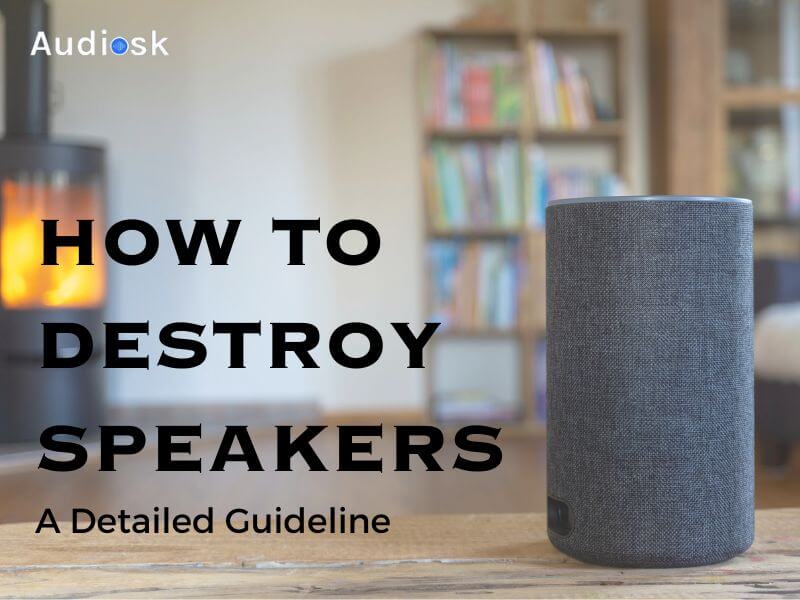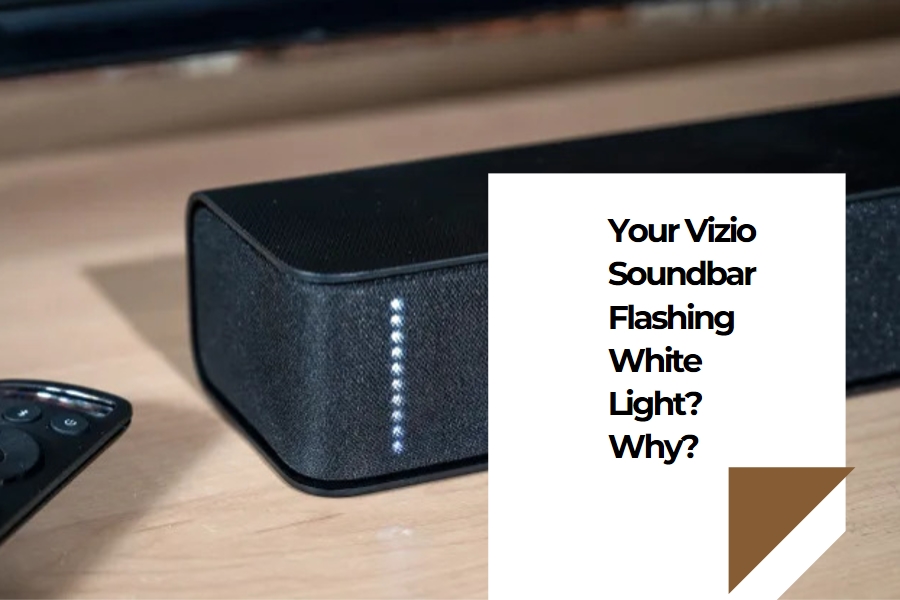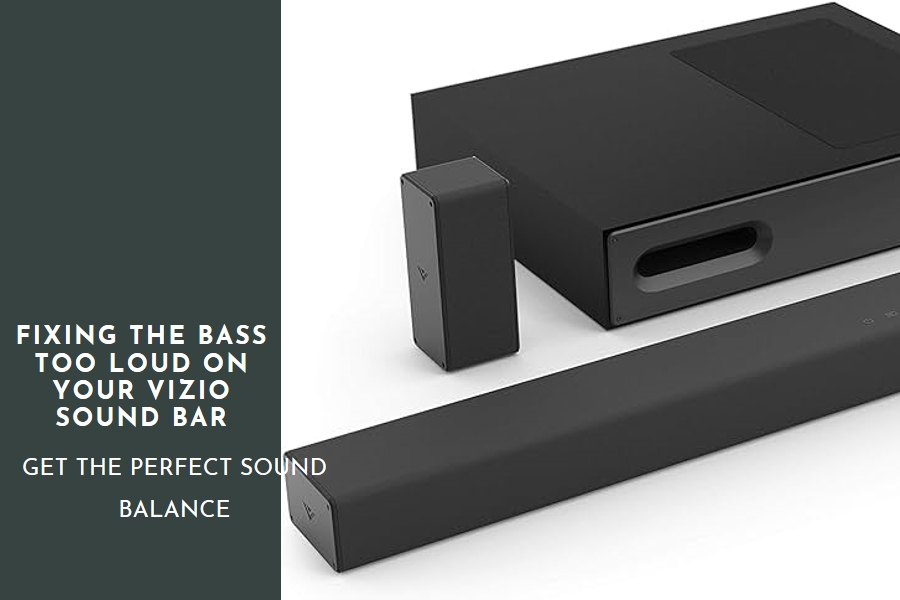If, you want a new subwoofer that costs less than three hundred dollars to be properly fitted in your old enclosure. After that, it should be well measured.
However, why should one not just simply believe the provided size information in the manual? Often they will round the sizes, such as 13″ by 20″, which doesn’t do anyone any favors if you want to be certain you have enough room for the subwoofer. The maker claims that if you imagine that your old speaker is eight and a half inches in diameter; However, if you check it with your own ruler, it could really have a diameter of 8.85 inches.
However, ensure the new box fits properly into the old box, particularly when planning to install it in the car trunk. It can mess up with your new speaker if not perfectly well fitting.
This manual will teach you how to take measurements of a subwoofer. Moreover, we will also discuss other considerations for installing a new subwoofer in an older cube. Remember to write everything down! Check out Audiosk, your go-to place for awesome audio content that’s ready and waiting for you!
What Parts of a Subwoofer Should You Measure?
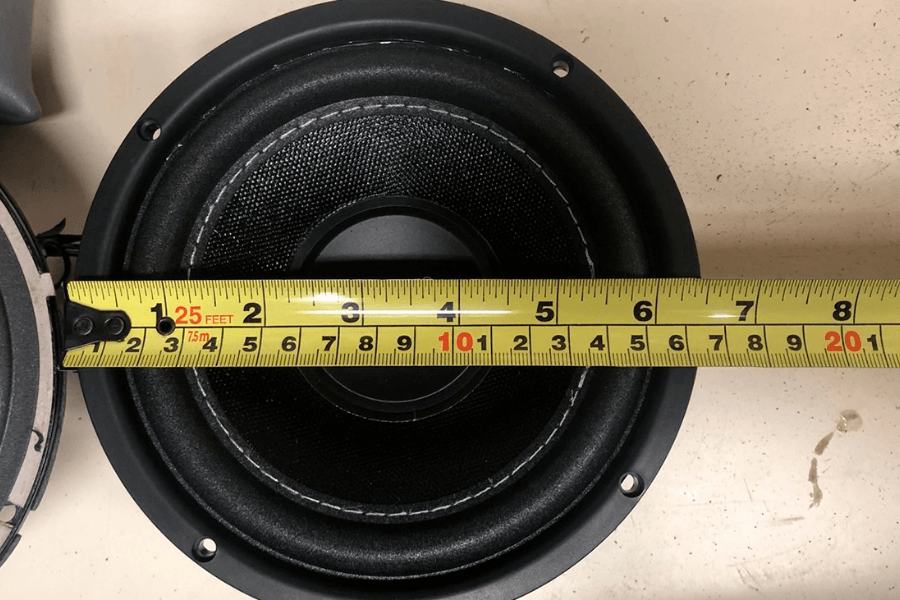
Speaker size: You can tell how big the speaker part is, but you most probably cannot tell the size of a complete speaker. You can know this by measuring the woofer in front of its frame.
Hole Size: With this measurement, you will find out what should be the size of the hole in which the speaker should be fitted.
How High it Sits: This helps to ensure that the front of the subwoofer does not protrude beyond the top of the box excessively. The subwoofer should fit well into the box.
Depth: Ensure that the speaker is not buried so far in the box by measuring. However, you have to identify the right depth in order to prevent the woofer from falling, shaking, or getting stuck in the box.
How to Measure a Subwoofer?
There are two ways to measure a subwoofer. Let’s look at each one closely:
Method 1: Find Out The Subwoofer’s Size
To accurately determine the size of your subwoofer, a detailed and methodical approach is necessary. This process involves several key steps:
Step 1: Take Out The Subwoofer From The Old Box
First, turn off the subwoofer. Next, loosen and take off all those sections that fixed and sealed it in its frame. It’s simple!
Start by removing the cover at the back of the existing subwoofer and unscrewing the clips. Finally, untie your subwoofer wire by wire and separate it safely. Separate all items first before placing them for optimal outcomes.
Step 2: Figure Out How Deep To Mount The Subwoofer
Make sure the subwoofer stands upright and measure its mounting point depth in inches. This depth is measured from the rear side wall of the speaker to its mounting frame.
From the subwoofers’ bottom to their frame mounting what you need to measure. Whether your subwoofer is big or small depends on its depth which determines its balance and avoid any shaking. Remember this when you measure!
Take two measurements: The top-bottom mounting depth of a subwoofer. Therefore, it refers to the distance from the frame to where the subwoofer sits.
Step 3: Measure The Frame’s Height
Ensure that the measurement of the subs frame is in line with normal ones while measuring its height. It ensures good operation time and durability as well as protection of other speakers or audio devices nearby.
When you learn the size of your subwoofer, place it on its broad face. Use a good ruler or tape measure to ascertain exactly how high it is. After that, use our frame guide in this area!
To measure the subwoofer’s depth, start from the bottom to the top of its mounting plate. Mark any holes below the surface with a pencil or pen. Then look from behind to check the slots it fits into. Make sure nothing blocks them before you measure again!
The subwoofer’s height shouldn’t be too tall. If it is, it could hurt your boat or even worse, someone else!
Step 4: Check The Cutout Diameter
To measure right, turn your subwoofer upside down so the biggest part of the cone faces down. Measure from one mounting hole to another across the widest part for the diameter. Don’t forget any details!
Measure how wide your subwoofer is at its biggest part on each side, even if it’s not round. Also, measure the distance between the four mounting holes diagonally to know what size box you need.
Method 2: Figure Out Where To Drill Holes For Mounting
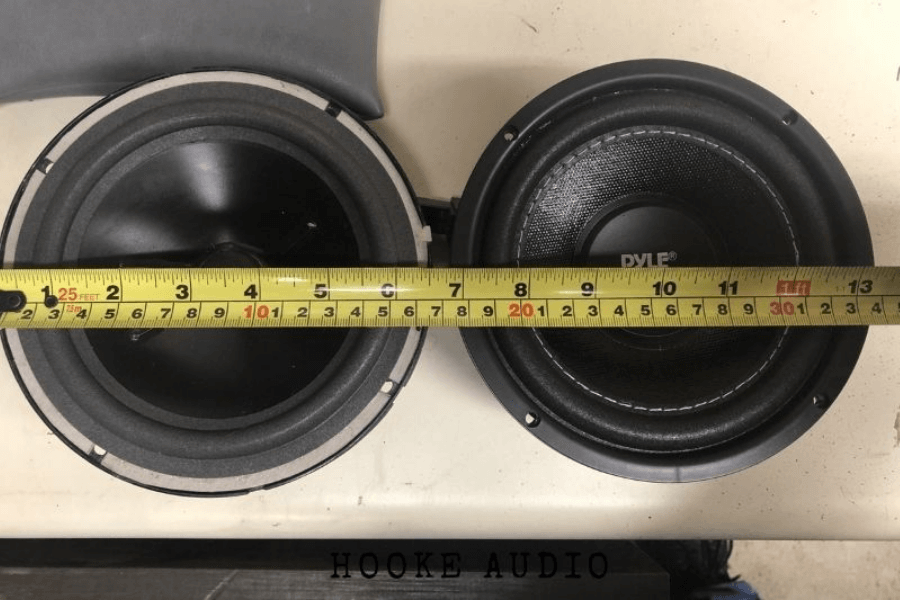
Before buying a new subwoofer, you can measure where to drill holes for mounting. This helps you pick a subwoofer that fits your box. This method is really useful because if needed, you can drill new holes to fit your subwoofer.
This way also works well for measuring your subwoofer accurately. Here’s how to do it:
Step 1: Draw The Outside Hole’s Diameter
To know how big of an opening you need for your subwoofer, use a ruler or tape measure across it. Measure from one side to the other. If the sizes match, then you’re good to go!
No matter the shape of the hole, always check the biggest part from every angle.
Step 2: Figure Out The Inside Diameter Of The Hole
This is important if you find edges that stick out where you want to put your subwoofer.
Measuring the inside diameter of your box helps you see if it’s big enough. Put one side of the ruler or a pencil against it, then measure across to find the length in inches or millimeters. Make sure these match what you have on record so we can work fast!
The widest part on each side of the hole should be near these sticking out edges. This gives more room for your subwoofer and keeps curious animals away!
The cutout diameter for these edges should be a bit smaller than usual. If it’s too big, it won’t fit in the mounting hole and could damage your sink or bathtub!
Step 3: Check The Depth Where The Subwoofer Will Go
The depth of the spot for your subwoofer matters a lot for choosing the best one.
To measure the depth, use a ruler. Put one end against a surface, then measure to the end of the subwoofer in inches or centimeters. This tells you what size range is good.
Make sure the subwoofer’s depth doesn’t go past the box’s depth. This makes sure it fits just right, so always measure before setting it up!
Step 4: Figure Out The Screw Pattern Details
To have a better idea in mind on how to make the new box, measure the spacing between each screw hole and find out which one is opposite it. You need to understand how far apart the screws should be such that they correspond to your speaker. They must be equal in size and height, and all parallel.
Just try drilling some new holes if the screw holes do not align to the pattern.
What Is The Subwoofer Impedance?
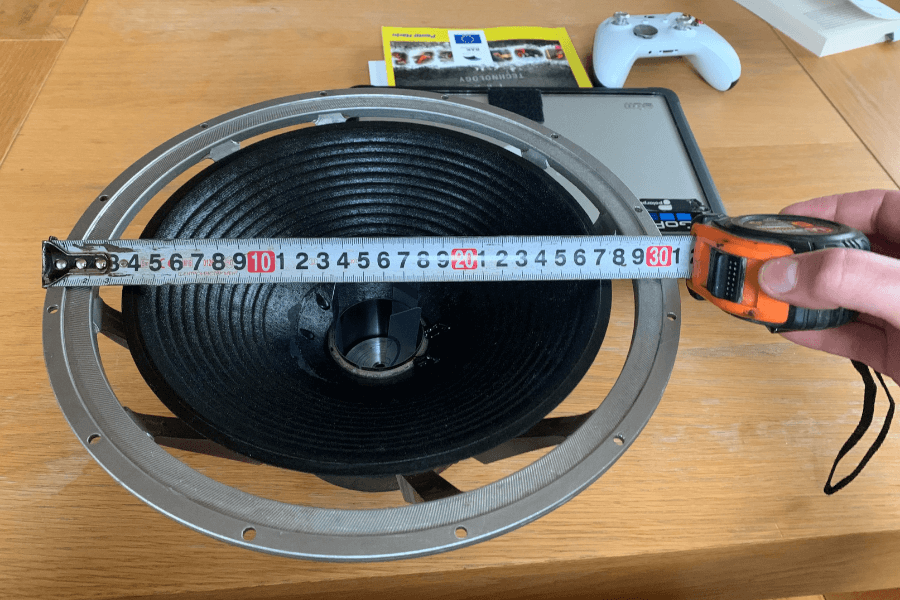
The impedance of a subwoofer is another parameter that you ought to know right away after price and size. This is normally printed at the back of the magnet or underneath the speaker. Alternatively, you can confirm its working status by testing the ohms using a multimeter. Impedance in this case is crucial since it helps to determine the level of load that an amplifier will get and subwoofers do supply this kind of load. Hence, is it not all just about the size?
Your new sub must have almost equal impedances to avoid overloading the amp.
Subwoofer Sizes Explained
For a comprehensive understanding of the most common subwoofer sizes, it’s important to consider the variety available in the market. This includes:
8-Inch Subwoofer
They are the smallest and simplest of subs. Fine for a little low-end, though they’re not very loud In addition, a number of cars come equipped with these ones already installed on/in them. You can even fit these in small vehicles with ease as you may place them beneath your seats.
Shortly, they’re a good selection if you need clear sound or bass but not too loud. So you may have to have two speakers at your door for optimum sound.
10-Inch Subwoofer
Subs that are 10 inches long are very famous. Also, they come in easily and have extra bass with good sound. These are good for music such as jazz, pop, and blues.
12-Inch Subwoofer
Many people into music select 12-inch subwoofers for various reasons; especially larger basses. Slow and romantic classical music sounds great when played on them. They do it with RnB, rhythm blues, and rap. Additionally, they ensure that excessive noise produced by 12 inch or 13-inch subs is minimized.
15-Inch Subwoofer
These are large subs, the biggest with a lot of bass and little extra noise. However, they are less responsive. Their size is favorable as it goes well with large vehicles such as SUVs and trucks.
Conclusion
Therefore, either of the ways we discussed will help you in identifying a new subwoofer that fits your old box well. We suggest the first one. Make sure that you check all of the sizes properly. Do not forget to check whether the hole set back or not in the box. Apart from being aware of the size, you should understand the level of resistance from your current sub-woofer, and in addition, the surrounding airspace.
Visit Audiosk for an adventure in sound – a treasure trove of fantastic audio content just for you!



